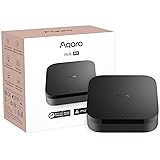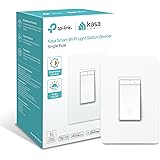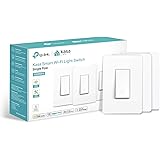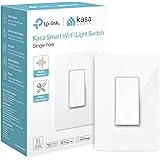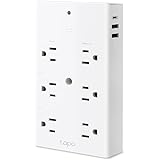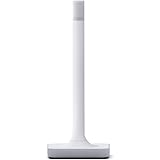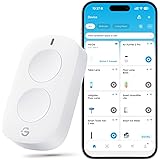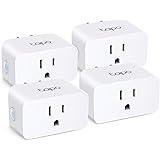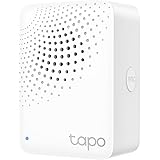Home automation might seem like something from science fiction but it’s becoming a common part of home electronics today. It begins with plug-and-play radio frequency (RF) and powerline modules that easily interface with a small server in charge of scheduling and monitoring. On the more advanced end, a home automation system can include security systems, climate controls and other components.
There are several Linux-based solutions for controlling a wide range of devices, including lighting, thermostats and locks. These are usually based on open protocols, which make it easy to integrate them with other software and hardware from different vendors. They can also be highly customizable, allowing you to set your own schedules and preferences.
Some of the most popular Linux-based home automation systems include Home Assistant, OpenHAB and Domoticz. They’re designed to support smart lights from companies such as Philips Hue and LIFX, smart thermostats from Nest and other manufacturers, and smart locks from Schlage and August. They can also control a variety of other devices, including cameras and audio equipment.
Several companies offer Linux-based home automation hubs that allow you to control devices with a mobile app or by using voice commands. These are typically less expensive than dedicated hardware, but some can be limited in the number of devices they’ll support. Home Assistant, an open source project that’s been around for ten years, provides a user-friendly way to manage a wide range of devices from multiple vendors.
Many smart home devices come with their own apps that you can use to control them, but this can create a lock-in with one vendor. Some open source projects have a healthy ecosystem of higher-level tools that can be used to control the devices, avoiding this problem.
For example, there’s a plugin for the Raspberry Pi called Heyu that can be used to communicate with X10 devices over a standard RS-232 serial port. There’s also a full-fledged home automation suite called LinuxMCE, which bills itself as the “digital glue” between media and electrical appliances in your home. It’s based on Linux and is released under the Pluto open source license; it supports X10, INSTEON, Z-Wave, PLCBUS and EnOcean.
Other open source software for home automation includes FHEM, which is a well-known Perl server that automates tasks such as switching lights on and off or regulating the heating. It has some limitations, such as its messy UI and some German popping up out of nowhere, but it’s a solid choice for enthusiasts. Another option is the open source Jeedom home automation platform, which is available on a wide range of computers and even some low-cost Raspberry Pi boards. It offers a wide range of features and has an extensive community. It also has a mobile app and an API for other developers. It’s a great alternative to proprietary solutions that may be too expensive or not offer the same level of customization. Subscribe today to LWN for immediate access to all of our content and site features.
